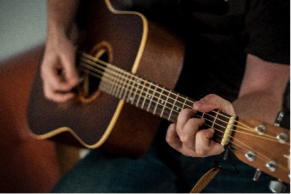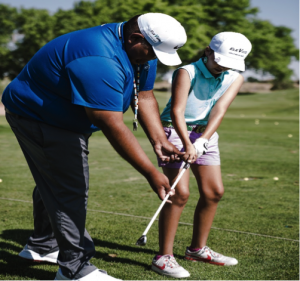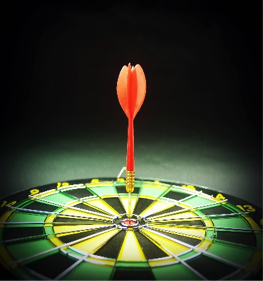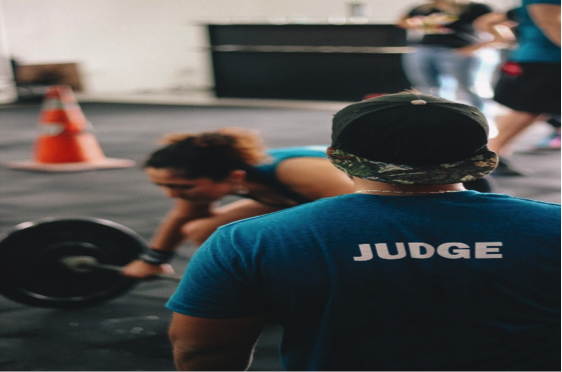To kick off the new year I’m going to examine situations where we are being judged or there is a strong possibility that we will be judged by others. We can call these performance situations. One of the core fears of Social Anxiety Disorder is being judged by other people to varying degrees and levels. We will look at what are key concepts and practical tools a person can use to help before, and during, a performance situation.
What is a performance situation?
For the purposes of this blog I’m going to identify a performance situation in which a person is carrying out a specific task, job, or function while being observed and possibly judged. Also for this entry I am going to focus on more common situations that most people with social anxiety will come across. Ones that typically come up are public speaking, job interviews, asking a question in a classroom or meeting, and even writing this blog for the world to see. Each of these has an aspect of performance anxiety involved. In the future I plan to do an additional post more focused on specific performance anxiety related to music, theater, and sports performances.
What are my expectations: Clapton vs. learning a new song

When talking about performance the first question needs to be “what skill level am I?” How competent am I in my upcoming performance situation? If a person has been playing the guitar for two months versus someone who has been playing for 50 years, the skill levels will be quite different. Then the question becomes “are the expectations realistic to match the skill level?” If the two-month guitar player is trying to become the next Eric Clapton in month three, that would be unrealistic. That most likely would lead to disappointment and frustration. If that person just wants to learn a new song to play for someone, that would be more realistic and possible. As we pointed out last month and previously, a majority of social anxiety is NOT related to lack of skills in social and performance situations. However this needs to be considered for each context with respect to performance. If you have trouble identifying a realistic goal, ask someone for help.
Practice, practice, practice

There will need to be some degree of practice and repetition to improve at anything skill related. This goes for any of the defined performance situations identified above. Let’s use giving a presentation to a group of people as an example. To be clear, practicing and memorization are not the same thing. Practicing to the point that you are familiar with what you are doing in a presentation and how it will flow is the goal.
One strong barrier to practicing is avoidance or procrastination of practice. The cycle of avoidance plays a prominent role in this. Also, negative automatic thoughts can play a role in prediction of what will happen. In thinking about doing the presentation a person may have the prediction “I won’t be able to do this.” What if not being able to complete the presentation means “I am a failure at life” to that person? Then a lot feels at stake for that person even if that feared outcome is only 50% believed. Thus, negative automatic thoughts play a role in preparing for the performance situation. In previous blogs we have covered ways to address this featuring Cognitive Behavioral Therapy. CBT aims at helping address negative automatic thoughts and developing a more balanced thought beforehand into something helpful and believable. Once the helpful and believable thought is established, it can be used to help engage in practice.
How to resist avoidance of practice

- Start with small defined tasks or chunks that are so small you know you can engage in them. If 15 minutes of playing cords is too overwhelming shorten it to three sets of 5 minutes throughout a day.
- Set time aside for practice: When will I practice? Where will I practice? How long will I practice?
- Exposure work along with practice. Additionally, have specific times where a mistake is intentionally made and then continue to play/work through this. Treat this as a small exposure to “failure”. By making these mistakes, important learning takes place: such as the mistakes don’t happen as frequently; it may not be so noticeable; or I can recover and keep playing.
I will not screw up, I will not screw up…

I have a quick exercise to try. Time yourself for 30 seconds. Here are the rules: for these 30 seconds you can think about anything you want, but DON’T think of a big pink 8 foot Gorilla, GO!… How was that? Most people roll their eyes or laugh within 10 seconds. The point is that the harder we try NOT to think about something, the more intense the image becomes and the more frequent it comes up. People with performance anxiety often will fight thinking about possible negative outcomes. What this example teaches us is that the more we fight, the more it shows up.
Before you are in a performance situation it is a useful strategy to acknowledge that doing poorly is a possibility. Anytime a person goes for an interview, the fact is that there is always a possibility the person may not be chosen due to factors outside of performance. Simply acknowledging this as a possible outcome and what to do next is helpful several days or weeks before the situation.
We can use CBT skills to work to find out how bad would it be? What it would mean to that person? Does it really mean that? How they would handle that outcome, and what is most likely to occur? This is not to be confused with plan for the worst, hope for the best cliché. It is merely acknowledging it as one possibility along with many others.
All I have to do is start giving the presentation

Having a behavioral goal of what you are trying to accomplish can be helpful in this situation. This means it is specific, concrete, and you can confirm at the end if it was done or not done. For the presentation example the goal could be to just start it, knowing that through practice the physical sensations and thoughts tend to dissipate after the simple passage of time. Let me emphasize that this behavioral goal must be helpful to the person AND believable.
So next time you have a performance situation come up:
- Check expectation level.
- Practice enough, but don’t memorize.
- Resist avoidance of practice through CBT work.
- Acknowledge all outcomes.
- Have a specific behavioral goal to reach: “All I have to do is start talking.”
Zach Pacha, LISW
NSAC Des Moines

Share this blog post











